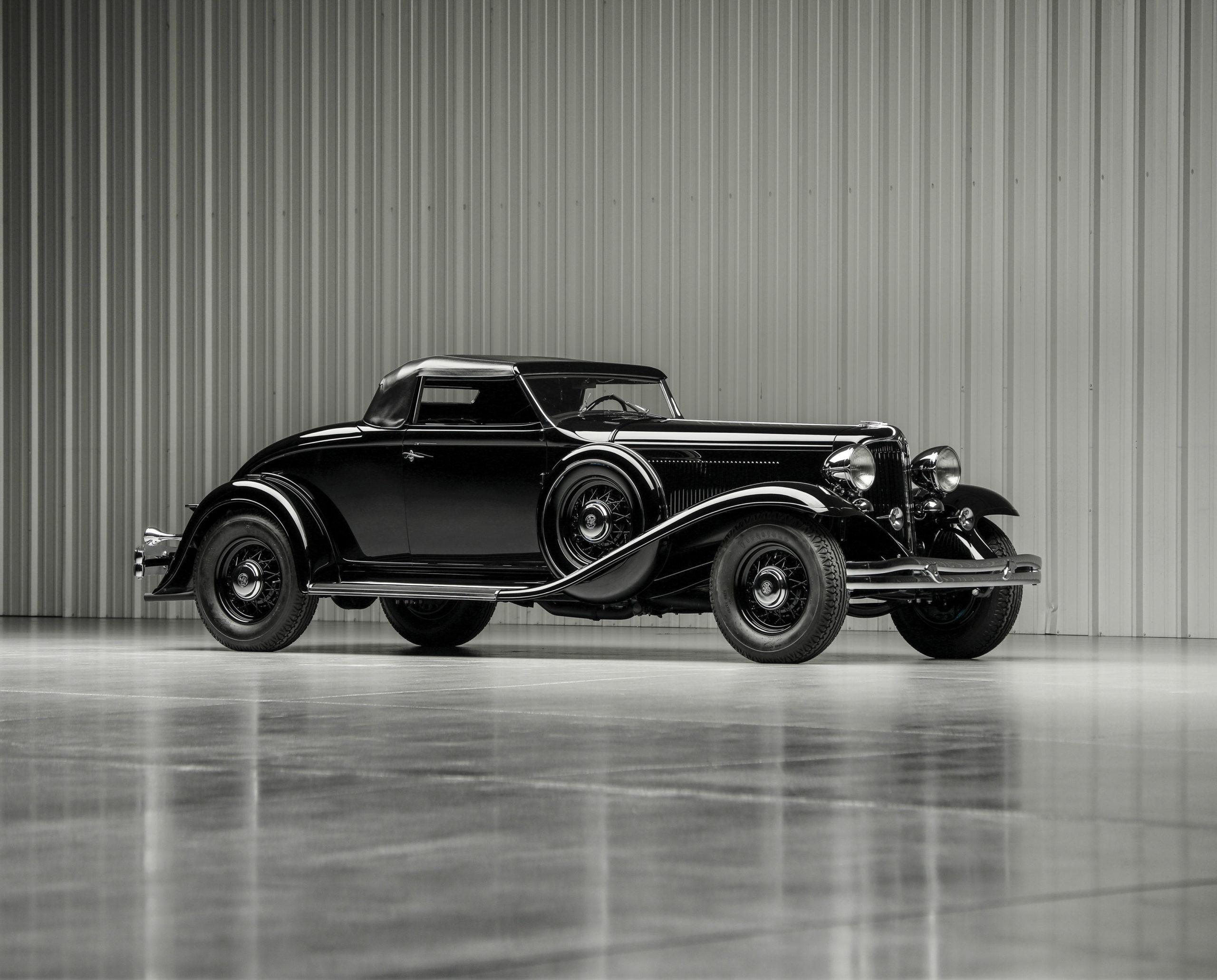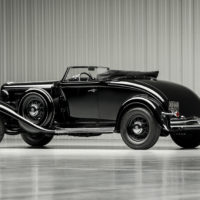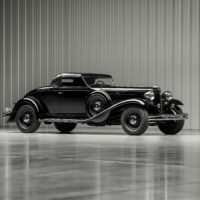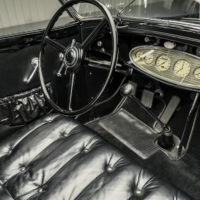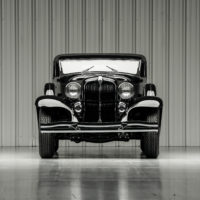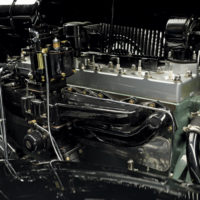SCM Analysis
Detailing
| Vehicle: | 1932 Chrysler CH Imperial Cabriolet |
| Years Produced: | 1932 |
| Number Produced: | 9 custom bodies on CH chassis |
| SCM Valuation: | $220,000 |
| Tune Up Cost: | $600 |
| Chassis Number Location: | Right front door post |
| Engine Number Location: | Top of timing-gear cover |
| Club Info: | Classic Car Club of America |
| Website: | http://www.ccca.org |
| Alternatives: | 1932 Packard 903 Deluxe Eight 1932 Cadillac 355B roadster 1932 Pierce-Arrow Model 53 convertible |
| Investment Grade: | B |
This car, Lot 20, sold for $940,000, including buyer’s premium, at Worldwide Auctioneers’ Scottsdale, AZ, sale on January 26, 2022.
Christian Bohman and Maurice Schwartz were talented coachbuilders who had honed their craft in Europe. After immigrating to the U.S., they became acquainted while in the employ of the Walter M. Murphy Company, which was well known for its Duesenberg coachwork. When Murphy shuttered its doors in April 1932, they decided to join forces and acquired some of its shop equipment, even taking over several of the unfinished Murphy contracts. They had complementing skill sets, and their initial repair work allowed them to look to the future as custom coachbuilders.
This 1932 Chrysler CH Imperial cabriolet was the first to receive the custom treatment conceived by the new Bohman & Schwartz firm. The Chrysler CH rode on the shorter 135-inch wheelbase and allowed them to create a sporty design. The hood lines were modified to run evenly with the molded subtle beltline of the body, and the rear panels around the rumble seat curved smoothly to the ground. The windows disappeared into the doors with similar treatment as Murphy had used on the Duesenberg Model J, its signature styling statement. The cowl of the Chrysler was extended, which exaggerated the length of the hood. The roof line, however, was unaltered.
A controversial celebrity
The stunning car caught the eye of Lincoln Perry, the vaudeville actor who had become a millionaire as the first black movie star. His stage name was Stepin Fetchit, a character Perry played as befuddled, shiftless and slow-witted. His success with the role would become controversial, as the perpetuation of such a negative stereotype was considered offensive. At the height of his career, Perry owned 12 automobiles and employed 16 servants in his mansion. But it came to an end in 1947, when he declared bankruptcy and lived the rest of his life in relative obscurity.
The 1932 Chrysler CH Imperial cabriolet offered by Worldwide Auctioneers was the cornerstone of Perry’s collection. It had passed through several owners before being acquired by Seattle collector Gordon Apker. He subsequently sold the car to his friend and neighbor Dr. Martin Anderson (for all of $55,000!).
Restoration and modification
In 1993 Anderson began a two-year process of restoring and modifying the Chrysler. The painted wire wheels were plated and the radiator shutters were chromed. The top and windshield were lowered about an inch-and-a-half, giving the car a sleek and rather sinister look that is more frequently associated with the aggressive stance of hot rods from the era.
During the restoration it was discovered that the woodwork on the left and right side of the interior differed. Dr. Anderson jokingly mentioned in the regional CCCA publication that Bohman must have worked one side and Schwartz on the other.
The 1932 Chrysler CG Imperial was presented at the 1995 Pebble Beach Concours d’Elegance and was awarded First in Class. But judging standards have changed dramatically since then, and the non-authentic top treatment could result in significant deductions in today’s judging world.
Further sorting
The car was sold at RM’s Monterey sale in August 2013 and realized $660,000 (SCM# 227371). Since then, the chrome wire wheels have been painted black, as has the grille. Metal sidemount wheel covers have been added. A leather top has also been fitted and the trunk rack and driving light removed. The distinctive Chrysler Gazelle hood ornament that was used in 1931 and 1932 has also been replaced.
Worldwide sold this stunning car for an impressive $940,000. The car’s triple-black appearance and limited brightwork presents a sleek profile that seems appropriate for a star of the era. However, its lowered roof and the other modifications that give it its distinct and impressive look mean the car is no longer the design that Bohman & Schwartz envisioned back in 1932. This certainly would create an issue were it to return to the concours field. This is still a striking Imperial with legitimate historical significance and celebrity provenance. But at this price, I have to think the seller got all the money here. ♦
(Introductory description courtesy of Worldwide Auctioneers.)
